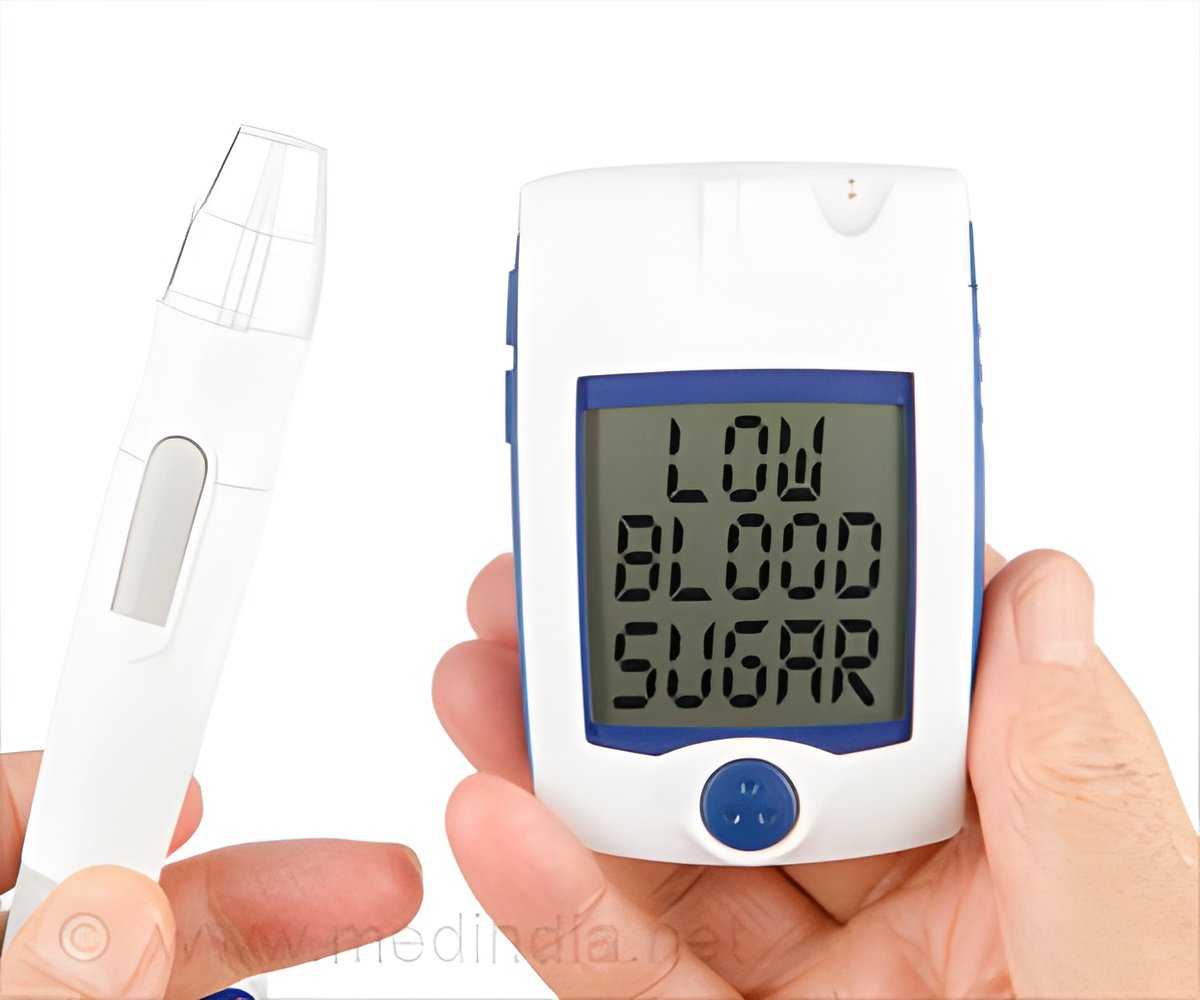. The researchers examined blood samples from 22 healthy adults and found microplastic traces in 17 of them. Half the samples are PET plastic commonly used in beverage bottles, one-third polystyrene, used for packaging food and other items. A quarter of the blood samples contained polyethylene, from which plastic carrier bags are made.
This discovery shows that particles can travel around the body and stay in organs. But researchers are concerned that microplastics can enter the body and cause millions of early deaths each year, causing damage to human cells.
It’s an unnerving discovery, but we’re all in this together as scientists rush to explore the potential health effects.
Microplastics are Everywhere on the Planet Earth
Large amounts of plastic waste are dumped into the environment and microplastics now pollute the entire planet, from the summit of Mount Everest to the deepest oceans. People are already known to ingest small particles through food and water and inhale them, and they have been found in the feces of children and adults.
“Our study is the first indication that we have polymer particles in our blood – it’s a breakthrough result,” said Prof Dick Vethaak, an ecotoxicologist at Vrije Universiteit Amsterdam in the Netherlands. “But we have to extend the research and increase the sample sizes, the number of polymers assessed, etc.” He also said that further studies are already being done on this outcome.
“It is certainly reasonable to be concerned,” Vethaak told The Guardian. “The particles are there and are transported throughout the body.” He also said that the previous work had shown microplastics were 10 times higher in the feces of babies compared with adults and that babies fed with plastic bottles are swallowing millions of microplastic particles a day.
“We also know in general that babies and young children are more vulnerable to chemical and particle exposure,” he said. “That worries me a lot.“
The Huge Impact of Microplastics
Scientists have increasingly raised the alarm around the potential health impacts of microplastics, both for humans and wildlife. These plastics contain chemicals known to mimic and change our natural hormones, which may be even more harmful or disruptive for children. Some studies have also suggested that the accumulation of these plastics may also be capable of damaging human cells directly. In 2020, a large report penned by environmental and hormone researchers declared that plastics are to be a global health threat.
At the same time, the researchers warned that these findings are based on a very small sample size, though they say other research teams are already planning larger studies to confirm the results. There was also wide variation in how much plastic could be found in people’s blood. And while some studies have found a link between plastic exposure and various conditions like inflammatory bowel disease, type 2 diabetes, and even cancer, the exact level of harm posed by plastics is still far from established.
“The big question is what is happening in our body?” Vethaak said. “Are the particles retained in the body? Are they transported to certain organs, such as getting past the blood-brain barrier? And are these levels sufficiently high to trigger disease? We urgently need to fund further research so we can find out.“
“Plastic production is set to double by 2040,” said Jo Royle, founder of the charity Common Seas. “We have a right to know what all this plastic is doing to our bodies.” Common Seas, along with more than 80 non-governmental organizations, scientists and doctors, are asking the UK government to allocate £15m to research on the human health impacts of plastic. The EU is already funding research on the impact of microplastic on fetuses and babies, and on the immune system.
A recent study found that microplastics can attach to the outer membranes of red blood cells and restrict their ability to carry oxygen. Particles have also been found in the placenta of pregnant women, and in pregnant mice they travel rapidly through the lungs to the heart, brain and other organs of the fetus.
A new review paper, co-authored by Vethaak, assessed cancer risk and concluded, “More detailed research on how micro- and nano-plastics affect the structures and processes of the human body, and whether and how they can transform cells and induce carcinogenesis, is urgently needed, particularly in light of the exponential increase in plastic production. The problem is becoming more urgent with each day.” Also, as there are so many threats to public health there is no time to waste.
This new research was funded by the Dutch National Organisation for Health Research and Development and Common Seas, a social enterprise working to reduce plastic pollution.
Source: Medindia



